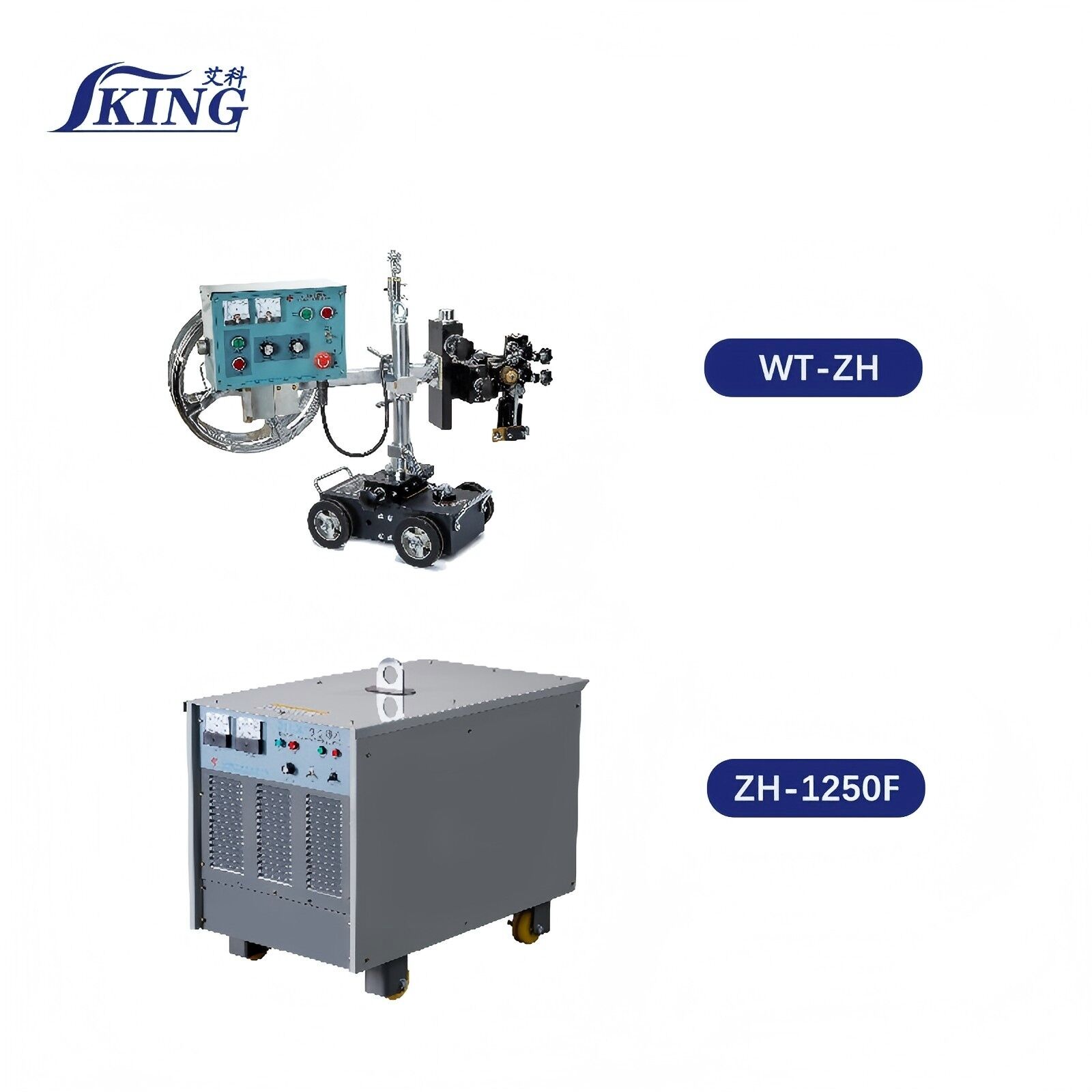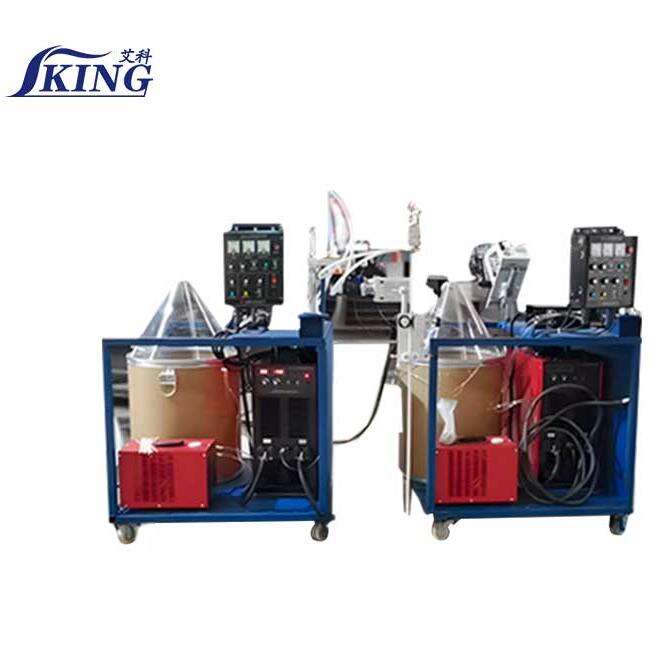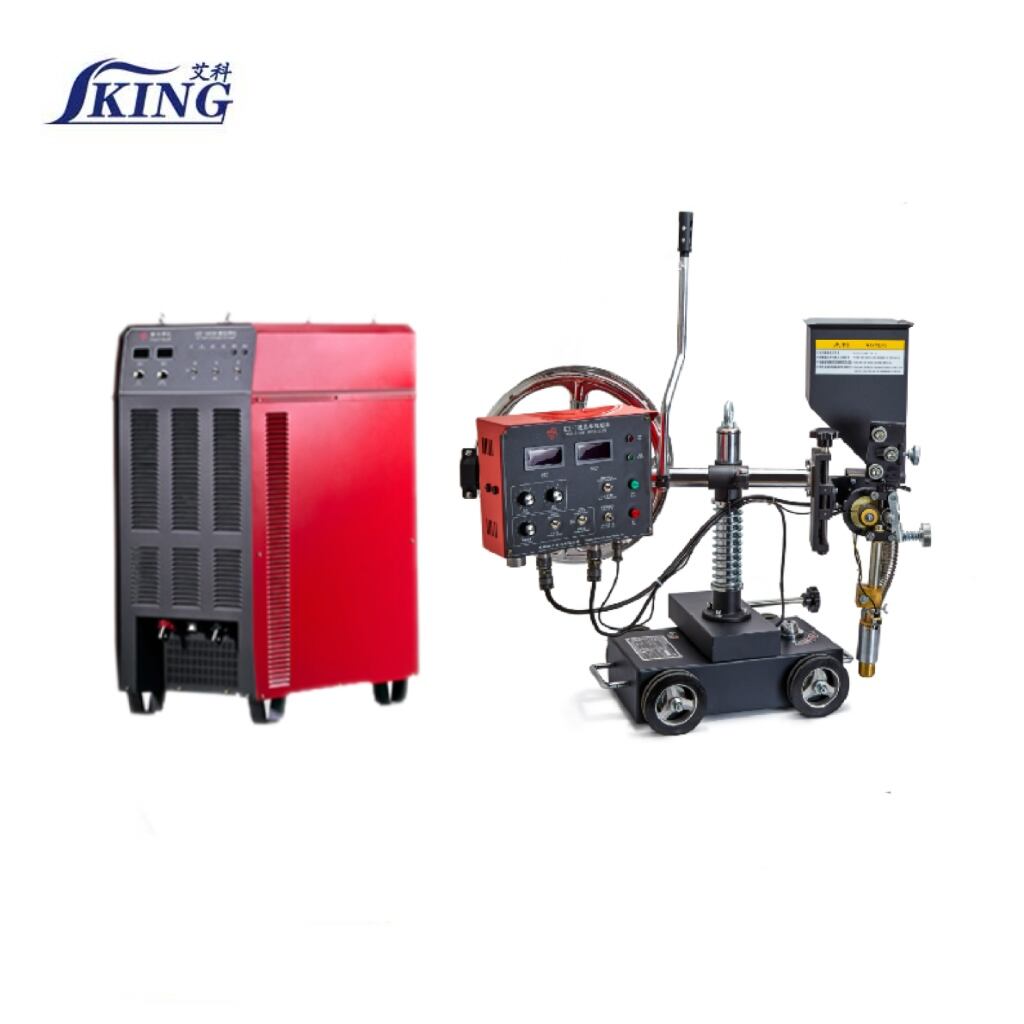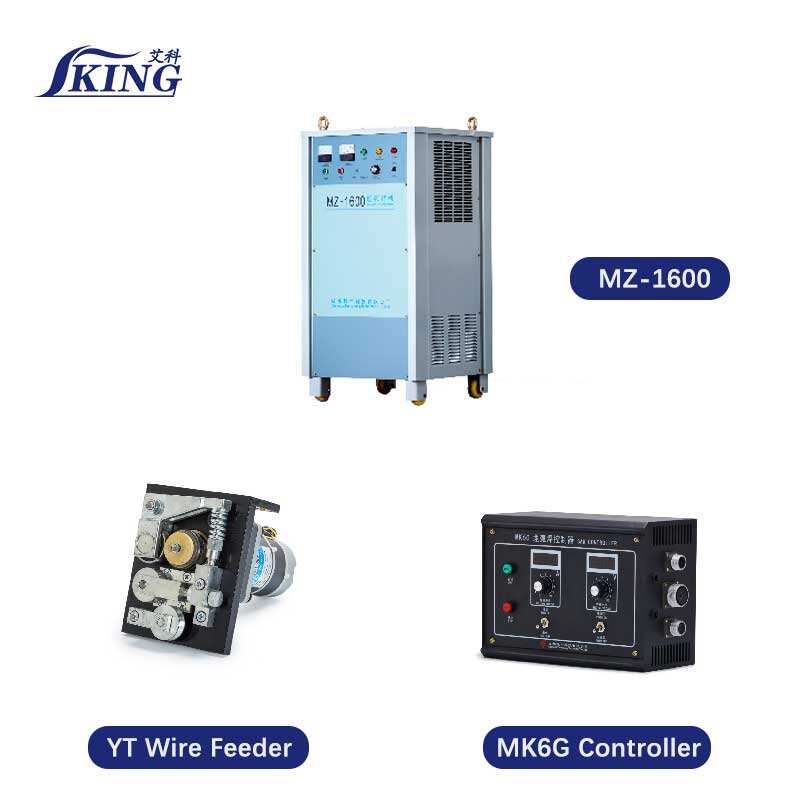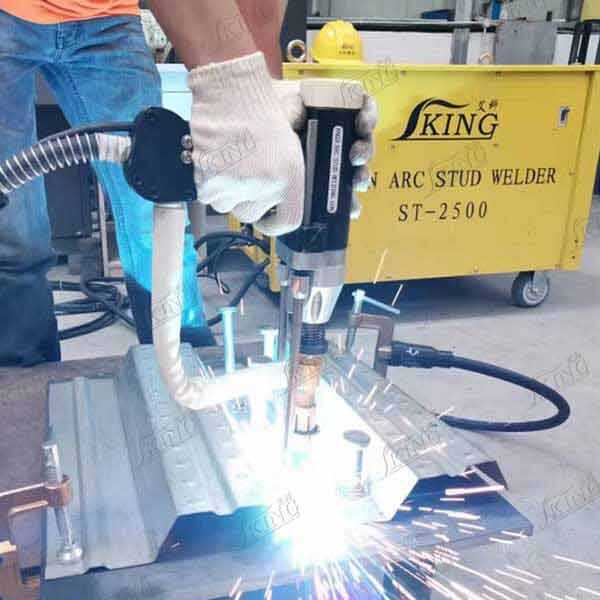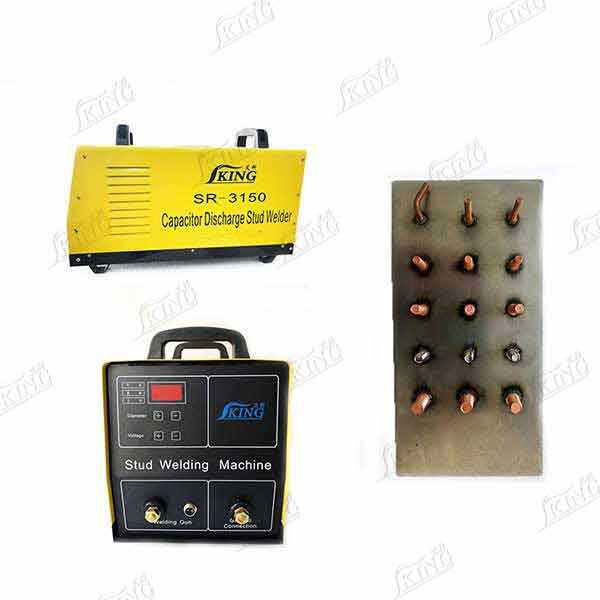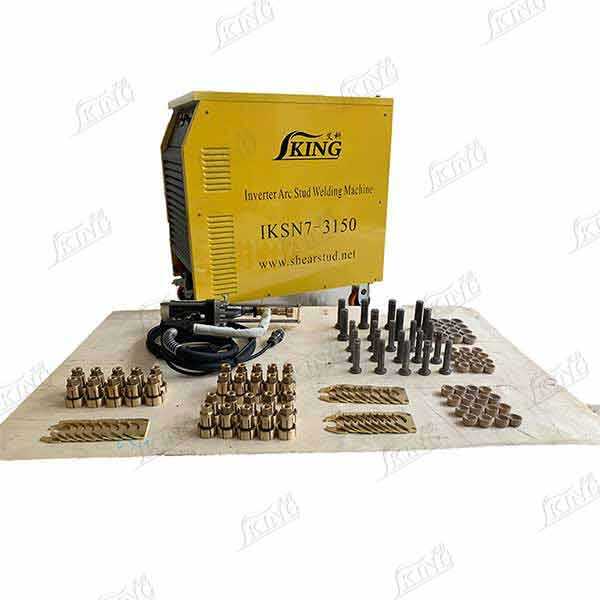arc stud welder
The arc stud welder represents a crucial advancement in modern welding technology, combining precision with efficiency in metal joining operations. This sophisticated welding equipment operates by creating a controlled electric arc between a metal stud and the workpiece, facilitating rapid and secure fusion. The process begins when the stud is positioned against the base material, and a powerful electric current generates an arc that momentarily melts both surfaces. The molten metals are then brought together under pressure, creating a full-fusion weld in a fraction of a second. Modern arc stud welders feature advanced microprocessor controls that ensure consistent weld quality and allow for precise parameter adjustments. These systems typically operate at voltages between 20 and 44 volts, delivering currents up to 2000 amperes for optimal welding performance. The technology accommodates various stud sizes, ranging from small 1/4-inch fasteners to substantial 1-inch diameter studs, making it versatile for different applications. Common applications include automotive manufacturing, construction, shipbuilding, and general industrial fabrication, where the need for quick, reliable fastening is paramount.

